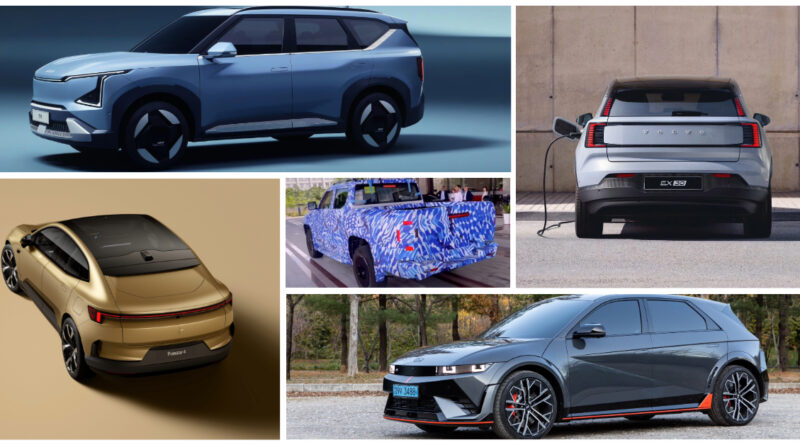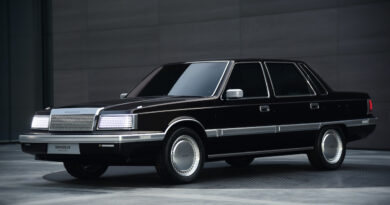Every new electric vehicle coming to Australia in 2024
Sales of electric cars almost tripled in 2023 and Aussies had more models than ever to choose from.
Excitingly, 2024 is shaping up to set new records for the EV market with an onslaught of new arrivals.
As well as new models from heavy EV hitters such as Tesla, BYD, Polestar and Volvo, there will be a raft of traditional brands jumping on board the electric car race. Toyota, Volkswagen and Subaru are chief among them.
READ MORE: EV calendar: Every new electric car arriving in 2024, 2025, 2026 and 2027
READ MORE: Every electric ute and pick-up coming soon!
It lays the foundation for an exciting 2024 where EVs should continue their sales growth.
From A to V, here are all the new electric cars you can expect on Australian roads this year.
Audi Q4 e-Tron

The Q4 e-Tron is set to become the most affordable EV for the luxury brand, with the 210kW/545Nm rear-wheel drive 45 model priced from $88,300 plus on-road costs. At that price it just sneaks in under the government’s FBT exemption, which allows for electric cars below $89,332 to pay no fringe benefits tax when purchased via a novated lease. The 250kW/679Nm dual-motor all-wheel drive e-Tron 55 Quattro is pricier, at $108,500 plus on-roads.
Sharing its architecture with the Volkswagen ID.3 and ID.4, the Q4 e-Tron will be available in a regular SUV body style or a sleeker Sportback, each with a 77kWh battery.
BYD Seal U
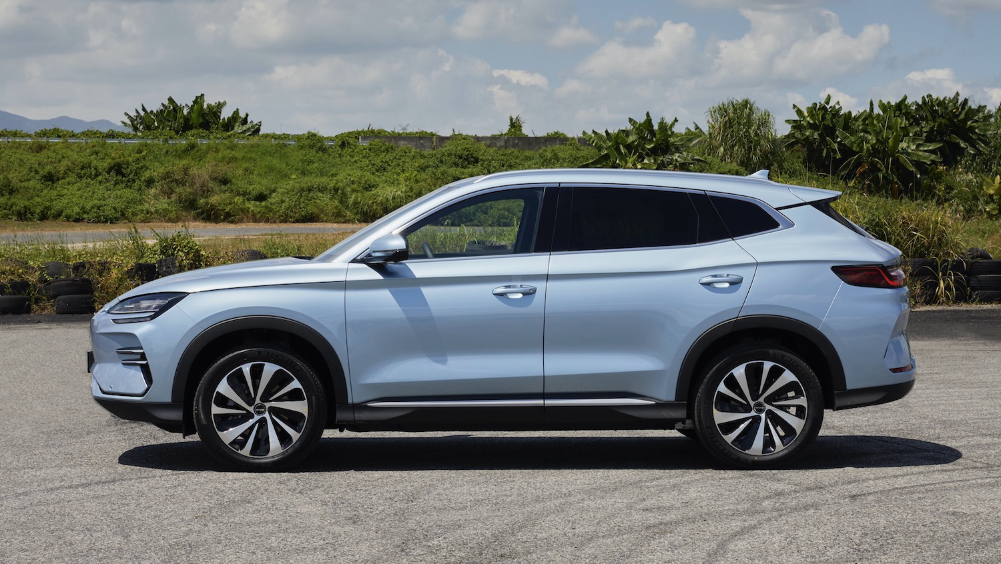
Due in the second quarter, the BYD Seal U is available globally as a plug-in hybrid EV (PHEV) and a fully electric model. It’s the former that will show up first but the latter is more interesting because as a mid-sized SUV it would provide more firepower against the Tesla Model Y. There’s already a single motor option with a dual-motor version in the works.
BYD ute
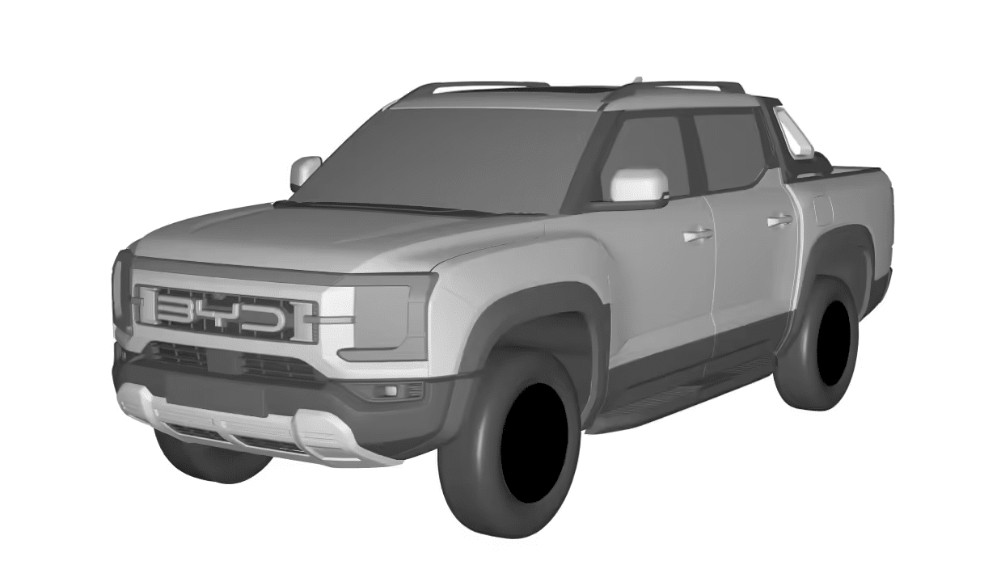
Hard charger BYD is set to beat the big boys to the electric ute party. If the early arrival of the yet-to-be-named electric ute has the sort of impact the fledgling brand has had on other segments then it could be a wake-up to the Toyota Hilux and Ford Ranger that dominate ute sales in Australia. The first of the BYD utes will be a plug-in hybrid that mates a 1.5-litre four-cylinder turbo to electric propulsion. But in 2025 there should also be a full EV model. While the ute will be sold around the world, it has been undergoing extensive testing and development in Australia with the aim of preparing it for some of the world’s harshest and most challenging conditions.
Cadillac Lyriq
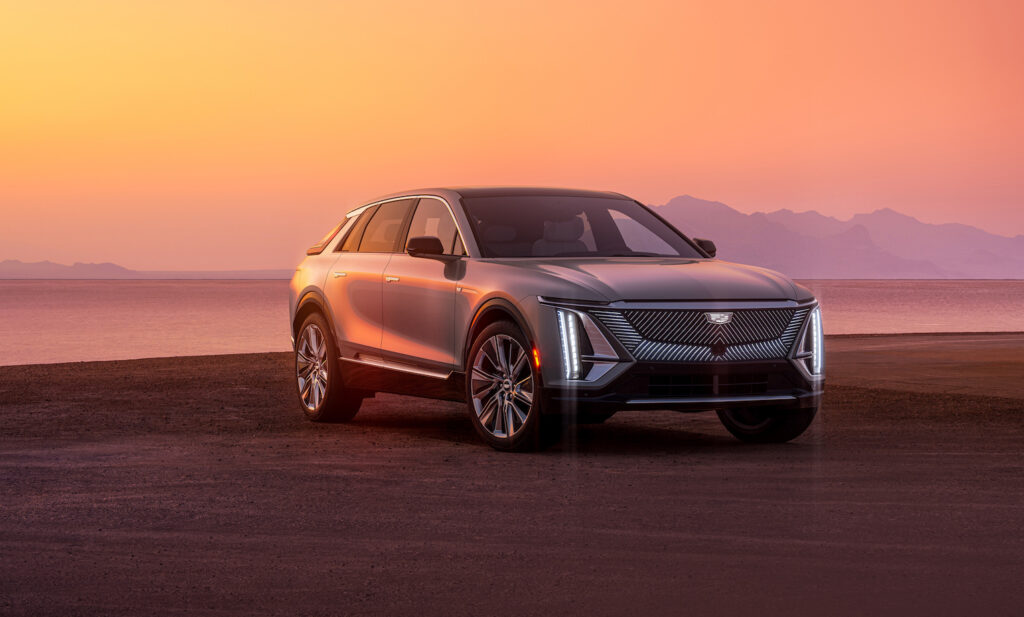
It’s been rumoured for years but General Motors has finally confirmed it plans to relaunch Cadillac in Australia in 2024. We say “plans” because the company also planned to launch Cadillac in Australia in 2009, but the GFC and some GM bankruptcy put an end to that. The Cadillac return will kick off with the Lyriq, an all-electric SUV that paves the way for an all-EV Cadillac lineup. Don’t expect the Lyriq to be cheap, though, with best estimates suggesting it’ll be priced north of $140K.
Chery Omoda 5 EV
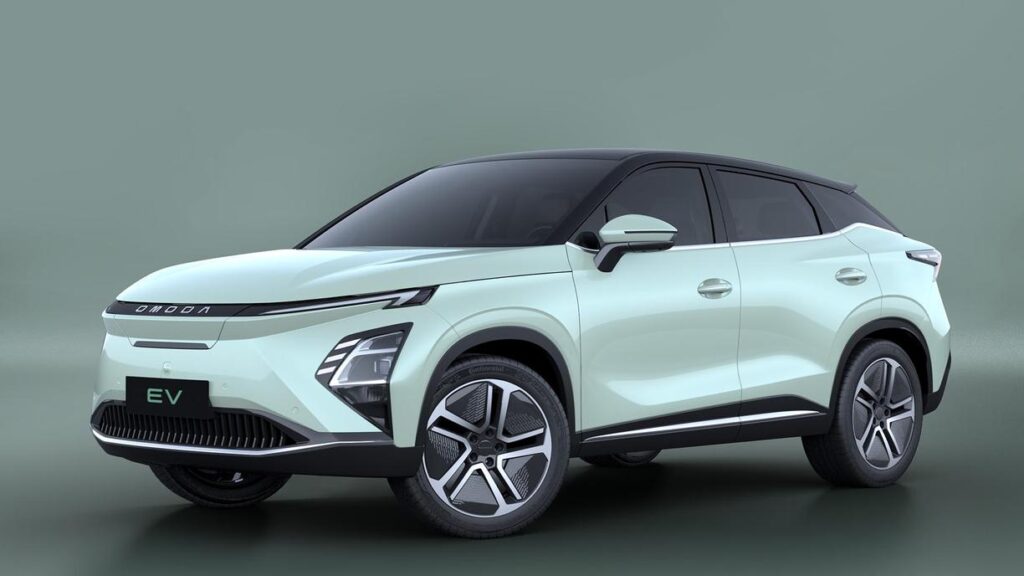
Sharing its basic layout and compact SUV body with the petrol-powered models that hit the market in 2023, the Chery Omoda 5 EV gets a unique front-end design that appears to improve aerodynamics. As with the ICE alternatives, expect a long list of standard equipment in a well-presented package, although we hope the driver assist technologies (such as lane departure warning and auto braking) are improved.
Ford E-Transit Custom
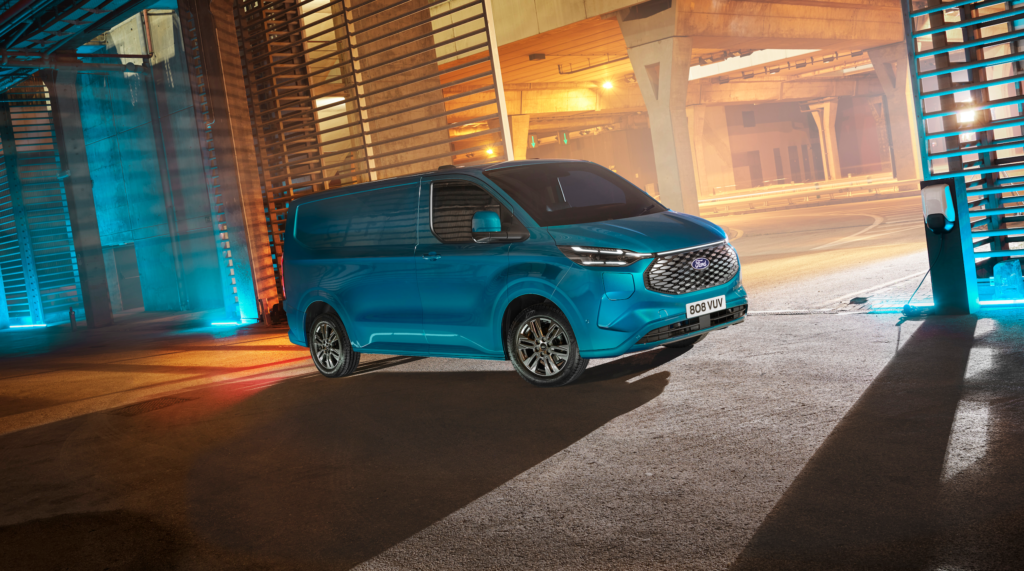
We’ve already got the larger (regular) Transit van with electric propulsion, but in 2024 Ford will add an “E” to the Transit Custom (with its smaller body) as well. A single electric motor drives the rear wheels of the Ford E-Transit Custom and promises a no-compromise approach to van life, along with 380km of range from a 74kWh battery.
GWM Ora Sport
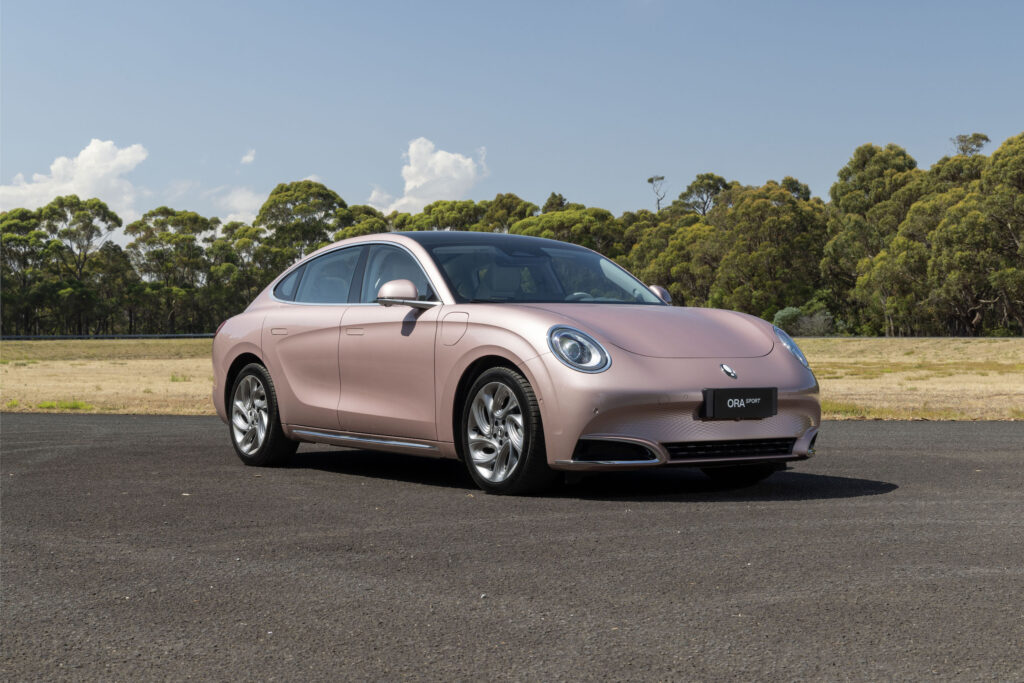
Known as the Lightning Cat overseas, the sleek five-door from Chinese maker GWM is yet to be definitively confirmed for Australia. If is does make it, expect some high-performance excitement around the $60K mark. Bearing some design similarities to the Porsche Panamera, the GWM Ora Sport produces up to 300kW and 680Nm in more expensive dual-motor guise, promising seriously brisk acceleration.
Hyundai Ioniq 5 N
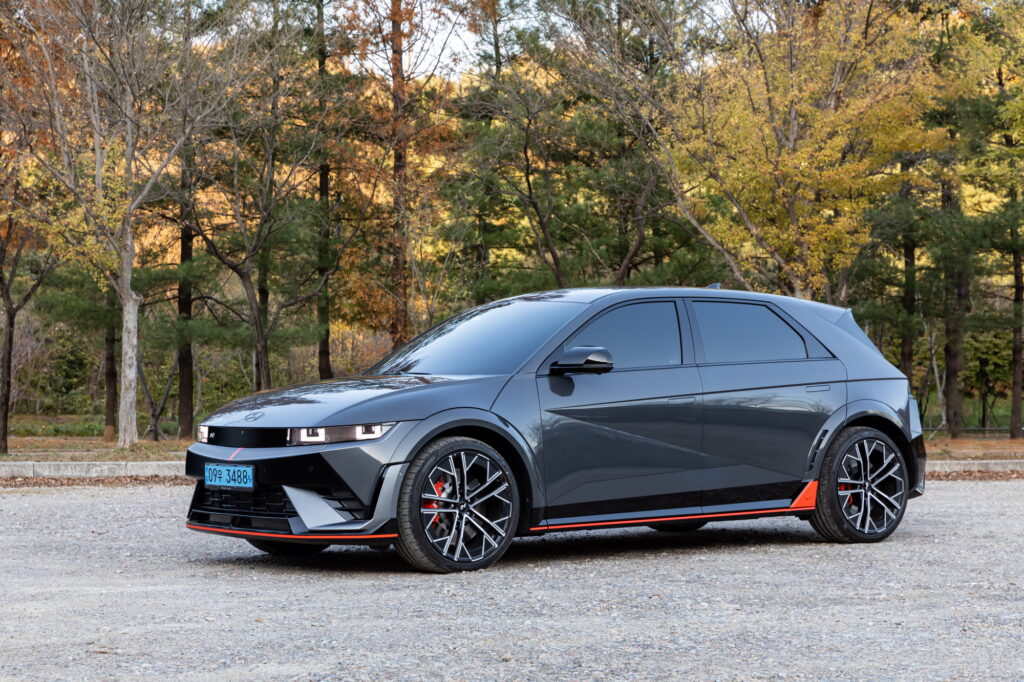
The Hyundai Ioniq 5 N promises to inject some ICE-infused excitement and supercar-like performance into the EV market. Hyundai’s answer to the excellent Kia EV6 GT – the two share underpinnings, many components and an 800V electrical architecture – has been designed for race track thrills and driver-focused excitement. With a whopping 448kW and 740Nm the Ioniq 5 N has features such as an N Grin Boost, Active Sound +, N Drift Optimiser and electronic limited slip differential on the rear wheels. You get the idea… And at $111,000 plus on-road costs it’s certainly an expensive Hyundai, but it could shape up as something of a performance bargain when it arrives early in the year.
Jeep Avenger
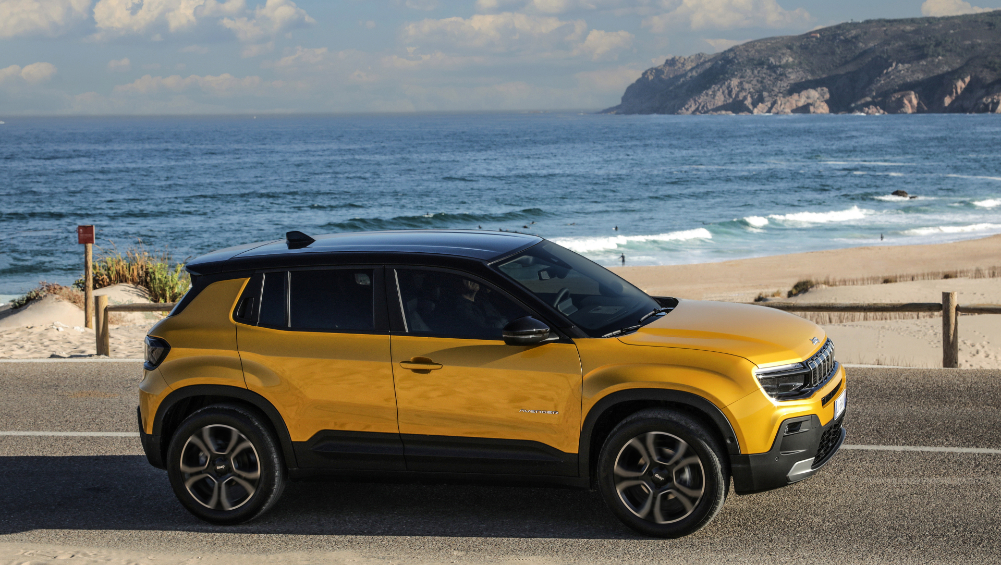
It’s a Jeep, but not as we know it. The Avenger is the first vehicle from the iconic American 4WD brand to run purely on electricity. Due here in the second half of 2024, the compact electric SUV shares an architecture with other EVs from the Stellantis stables (including the Peugeot e-2008 and Citroen DS3 E-Tense). That means a front-drive single-motor setup.
Kia EV5
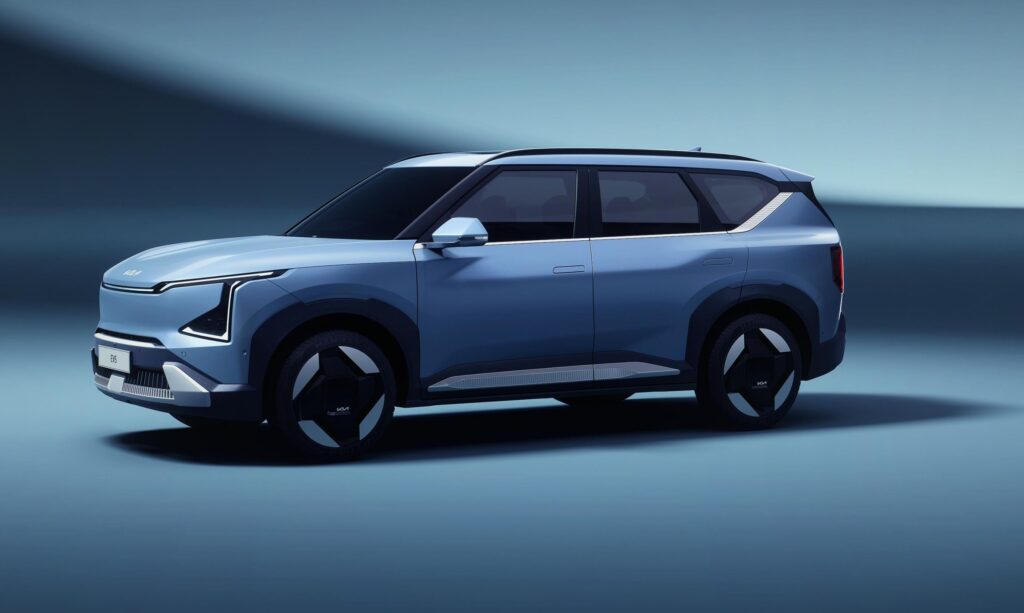
To be sourced from China and with LFP batteries (which are also used in Rear-Wheel Drive Teslas and BYDs, among others), the Kia EV5 could arrive with a solid value pitch when it lobs in dealerships later in the year. The mid-sized SUV is expected to be priced from below $60K to provide a tantalising alternative to the Tesla Model Y. There will be single-motor front-drive and dual-motor all-wheel drive models available and a lengthy list of tech that includes remote connectivity and dual 12.3-inch screens along with a 5.0-inch display dedicated to ventilation controls.
MG Cyberster
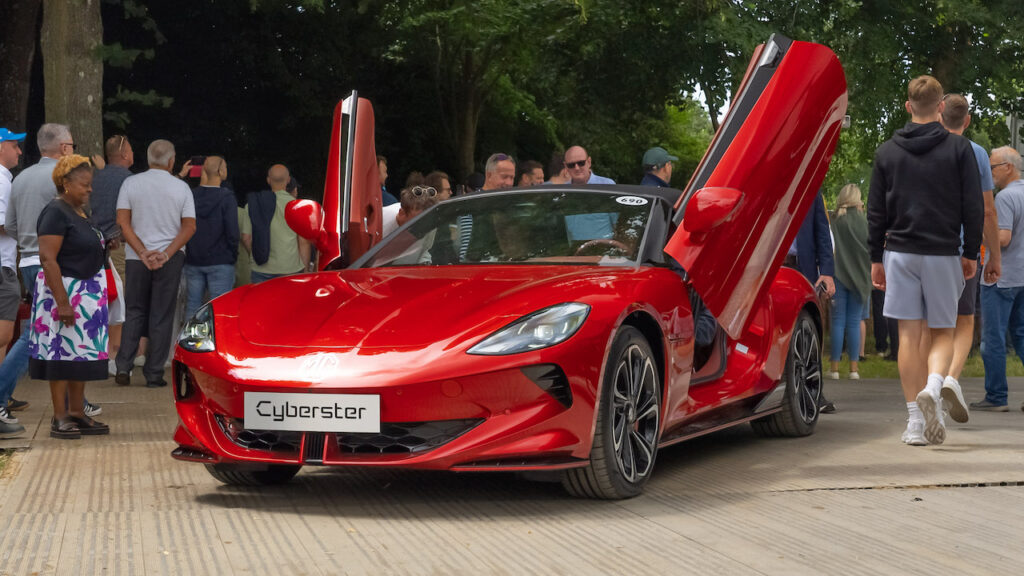
The Chinese-owned British brand made a big EV impact in 2023 with the excellent MG4. Now the value-focused maker wants to maintain the momentum with its circa-$100K two-seat roadster that plans to offer Porsche-like performance (0-100km/h in 2.6 seconds) and serious driving thrills. Expect the MG Cyberster late in the year.
Nissan Ariya
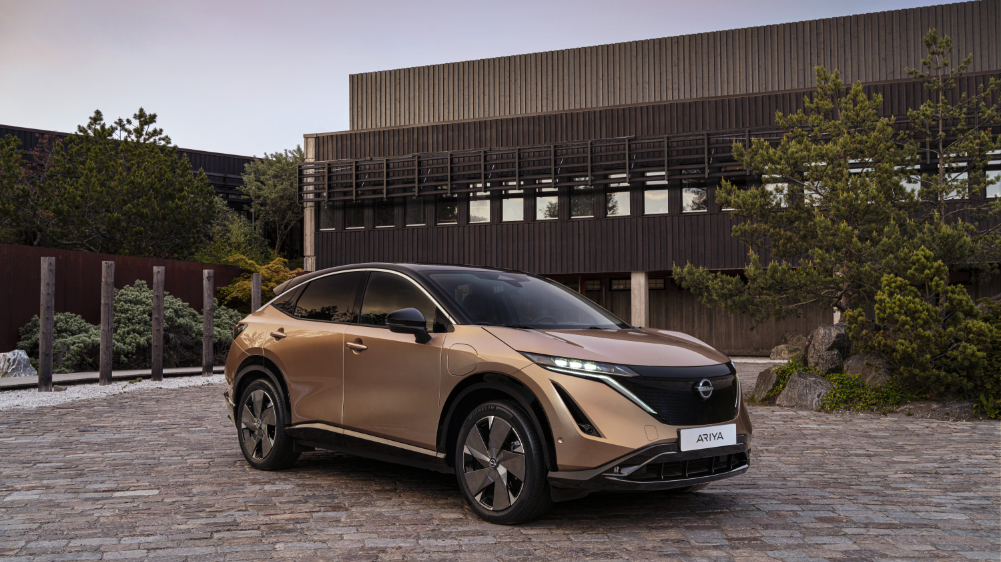
Nissan may have been early in EVs with its Leaf, but the Ariya is the car it really needs to kick things along. Built on a dedicated EV platform and with the sort of design ethos and tech trinkets people are demanding in the circa-$70K mid-sized electric SUV segment, the Ariya could be an interesting addition. To be offered in front-drive single-motor guise or dual-motor all-wheel drive, the Ariya has a spacious and functional interior that adds to its appeal.
Polestar 3
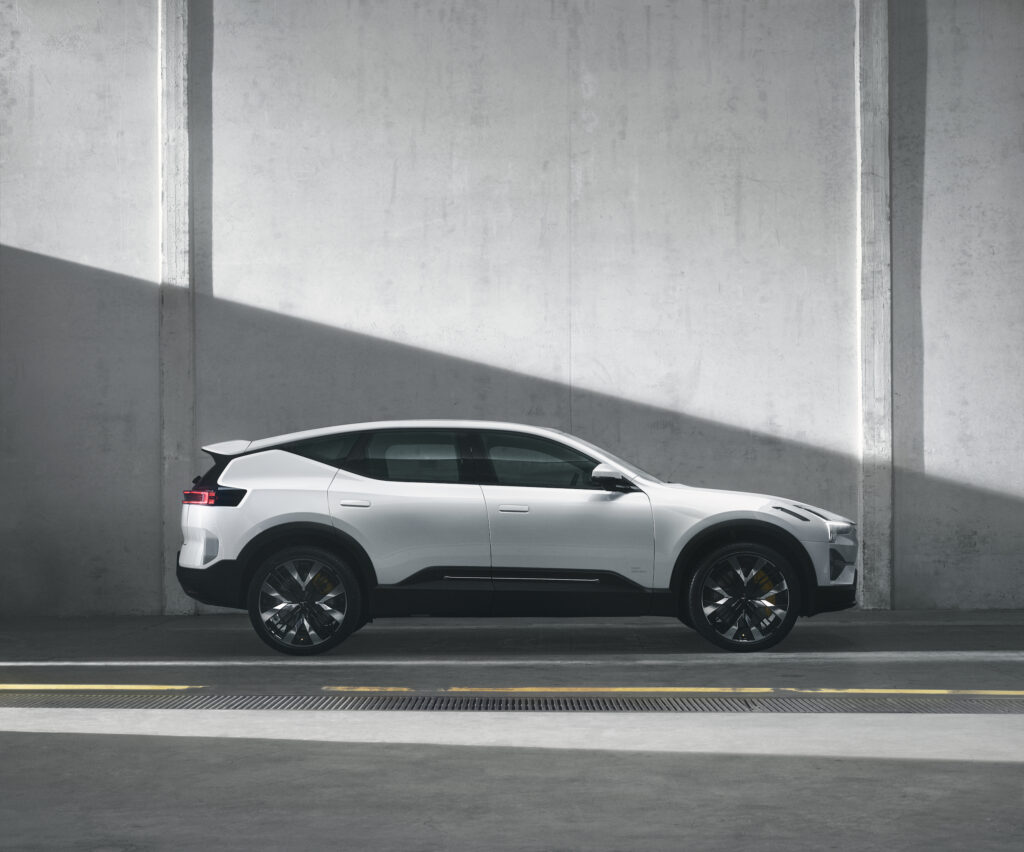
The second arrival from the Tesla-rivalling newcomer comes in the form of a large SUV. The Polestar 3 shares its basic proportions with the upcoming Volvo EX90. However, instead of three rows of seats, the Polestar instead sticks with two, placing the emphasis on comfort and versatility for up to five people. As with the Polestar 2, there’s a big emphasis on quality and sustainability, with innovative materials and a modern look. None of which will be cheap, the Polestar 3 is priced from $132,900 before on-roads.
Polestar 4
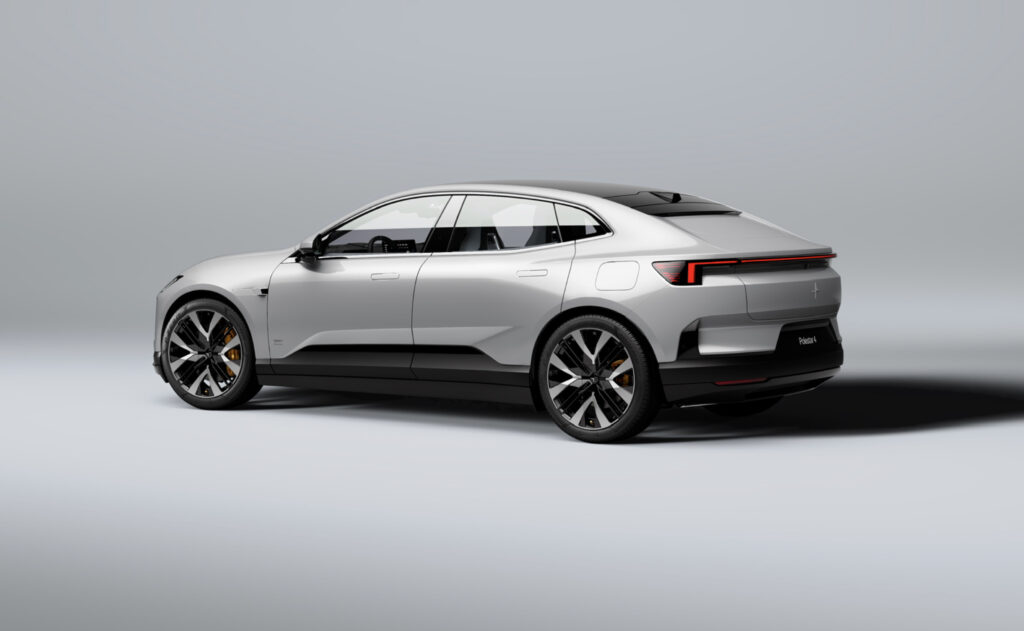
The Polestar 4 is the car the company really needs to get things singing in the EV space. The mid-sized SUV has the Tesla Model Y in its crosshairs (while also providing a classy alternative to the BMW iX3) but plans to tempt people with its innovative styling that incorporates a crisp, clean design without a rear window (there’s a camera to provide rear vision). Priced from $81,500 plus on-road costs, the Polestar 4 gets a sizeable 102kWh battery and up to 600km of range.
Renault Megane e-Tech

Style is a big part of the appeal when it comes to the Megane e-Tech. Riding on the CMF-EV architecture that was developed in conjunction with alliance partners Nissan and Mitsubishi (it’s also used under the Nissan Ariya), the Megane e-Tech has a single electric motor driving the front wheels. By compact SUV standards there’s thoroughly respectable back seat and luggage space. Arriving early in the year, it’s priced from $64,990 plus on-roads.
Skoda Enyaq iV
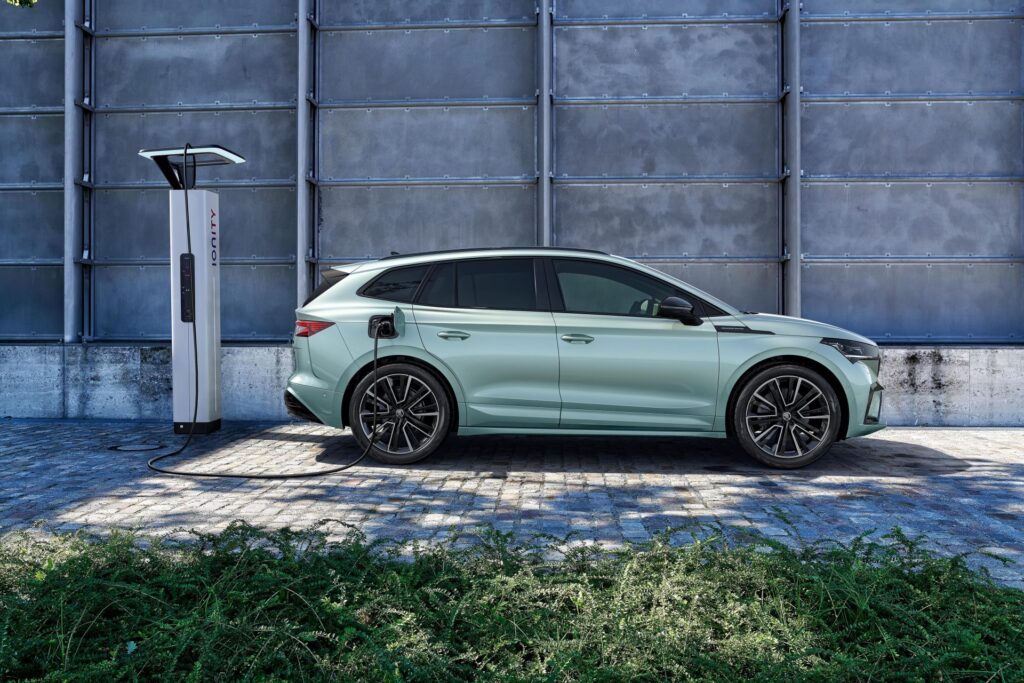
The Skoda equivalent of the Volkswagen ID.4 arrives around the middle of the year. The Enyaq – or Enyaq iV, to give it its full name – promises the usual Skoda cleverness with interior features (umbrellas in the doors and even a charging cable cleaning kit) in a mid-sized SUV body; there’s also a sleeker Enyaq Coupe available. No word on pricing and which model variants we’ll get, but we’d be expecting things to kick off around $70K.
Subaru Solterra
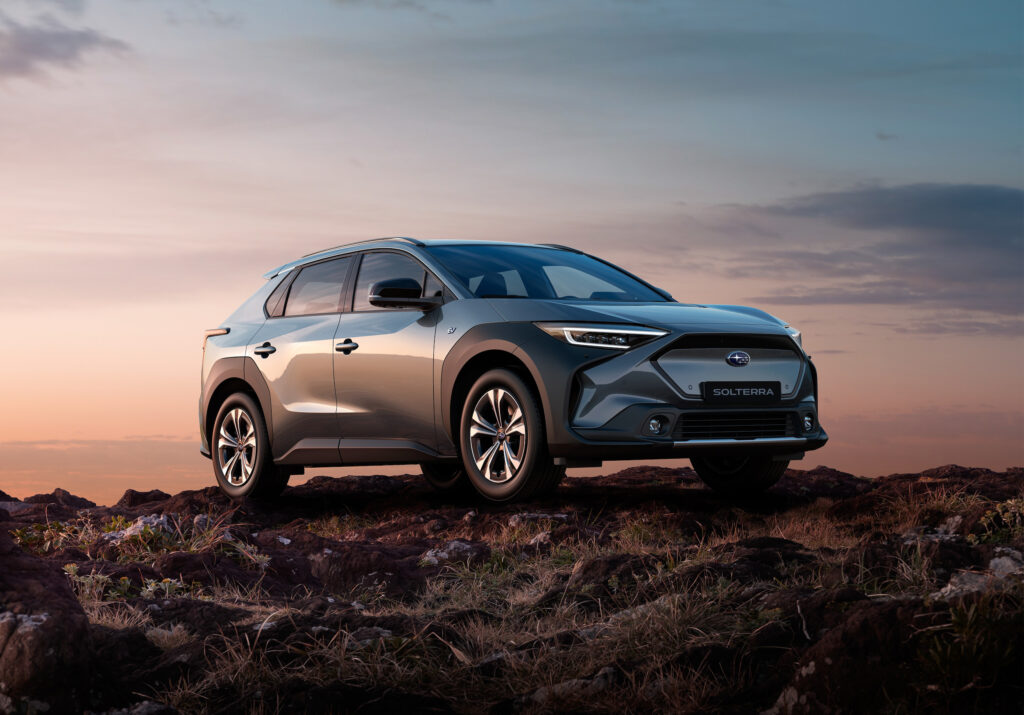
Subaru’s first EV – the Solterra – is a clone of the Toyota bZ4X. But while Toyota will offer front-drive and all-wheel drive versions, Subaru is sticking to its brand ethos (rear-wheel drive BRZ sports car excepted) by offering just dual-motor AWD options. The challenge will be tempting buyers to shell out at least $77,990 plus on-roads.
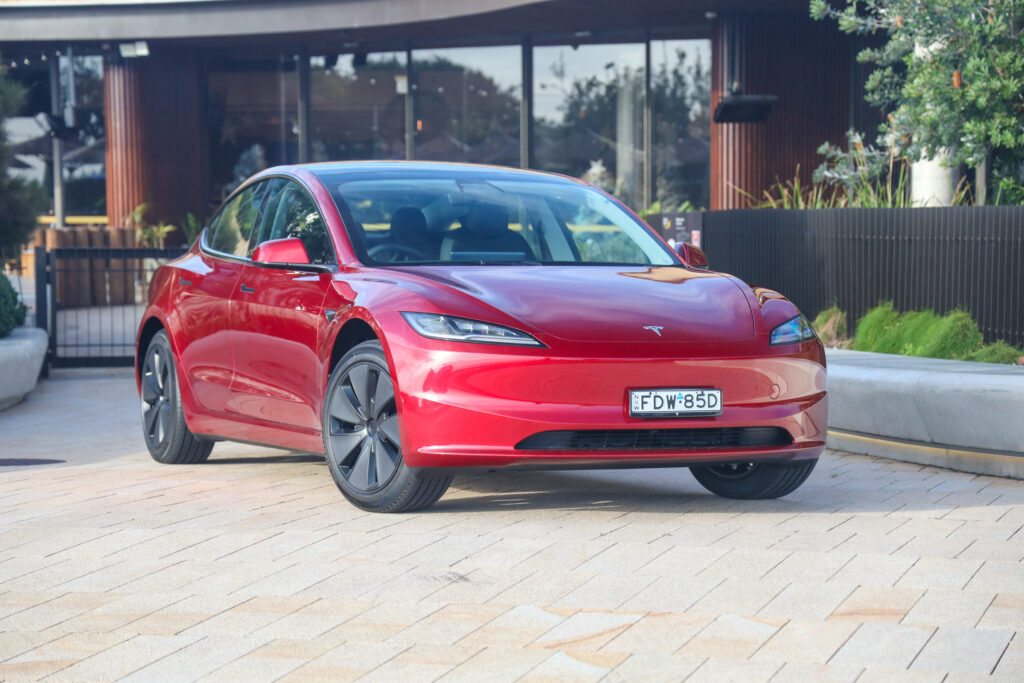
Tesla Model 3 Performance
The heavily updated Tesla Model 3 (pictured above in Rear-Wheel Drive guise) is only currently offered in two guises; entry-level Rear-Wheel Drive (pictured above) and dual-motor Long Range. But in 2024 Tesla execs have promised the Model 3 Performance will be revived. While details are scant, the company says the new M3 Performance will advance the whole go-fast thinking thing well beyond the previous iteration. Expect more significant chassis upgrades, design tweaks to reinforce the go-fast thinking and a whole lot more punch from two electric motors.
Tesla Model Y update
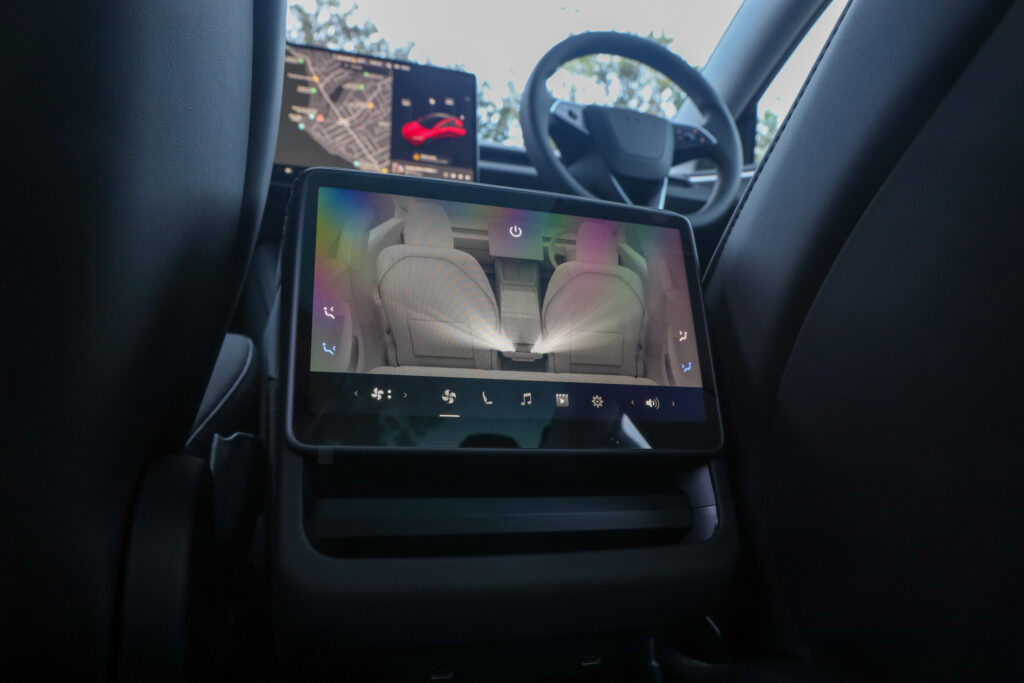
Being closely related to the Model 3, it doesn’t take a genius to work out that the recent update to that car will eventually lead to similar changes to the Tesla Model Y. Already the top selling EV in the country (and the world), the Model Y looks set to continue that with the arrival of a refreshed interior, more features – including ventilated front seats, ambient lighting and a rear infotainment screen – as well as a quieter and more comfortable ride. The big question is when the anticipated updates – codenamed Project Juniper – will arrive. Best guesses are that Tesla will begin production around the middle of 2024, suggesting a late-year arrival in Australia. But… everything Tesla usually runs late, and many educated guesses surrounding the brand have turned out to be wide of the mark in the past. So, we’ll watch, wait and keep guessing…
Toyota bZ4X
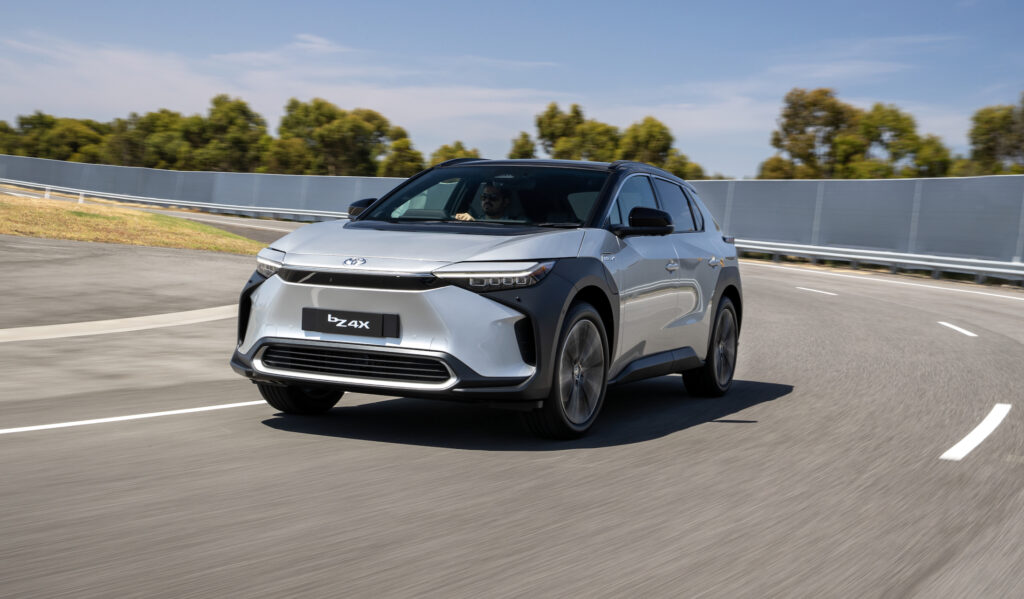
It’s been delayed and delayed again but the RAV4-sized Toyota bZ4X will finally hit dealerships in February. Some recent software tweaks have improved the underwhelming range, although the biggest question is how it will be priced. The expectation is it will be around $70K, which makes it a tough sell against the Tesla Model Y it will compete with. But then again, it has the Toyota badge, which for many is worth paying extra for. There will be a 150kW/266Nm single-motor model and pricier 160kW/337Nm dual-motor AWD, each powered by a 71.4kWh battery.
Volkswagen ID.4 and ID.5
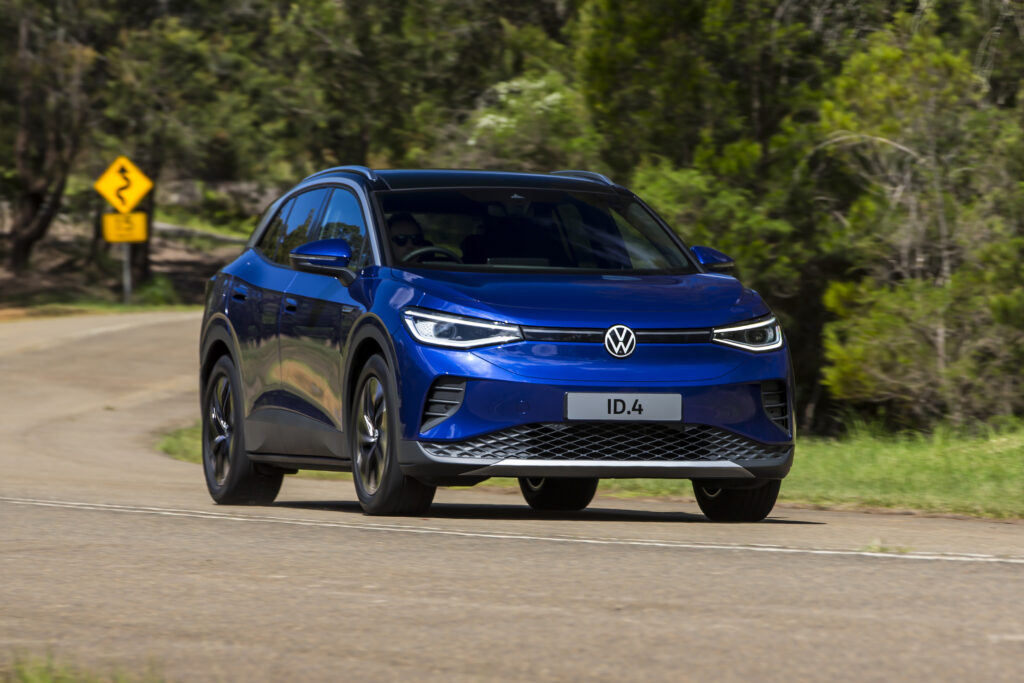
It may be late to the EV party locally, but Volkswagen is planning to come out swinging with the ID.4 and sleeker-styled ID.5 mid-sized SUVs. Each riding on the MEB dedicated EV architecture, the ID.4 should be priced from the late-$60K mark with the ID.5 adding about $10K to that. Still, it provides a European alternative to the Tesla Model Y that is currently dominating SUV sales. Expect single-motor rear-drive and dual-motor all-wheel drive options.
Volkswagen ID.Buzz
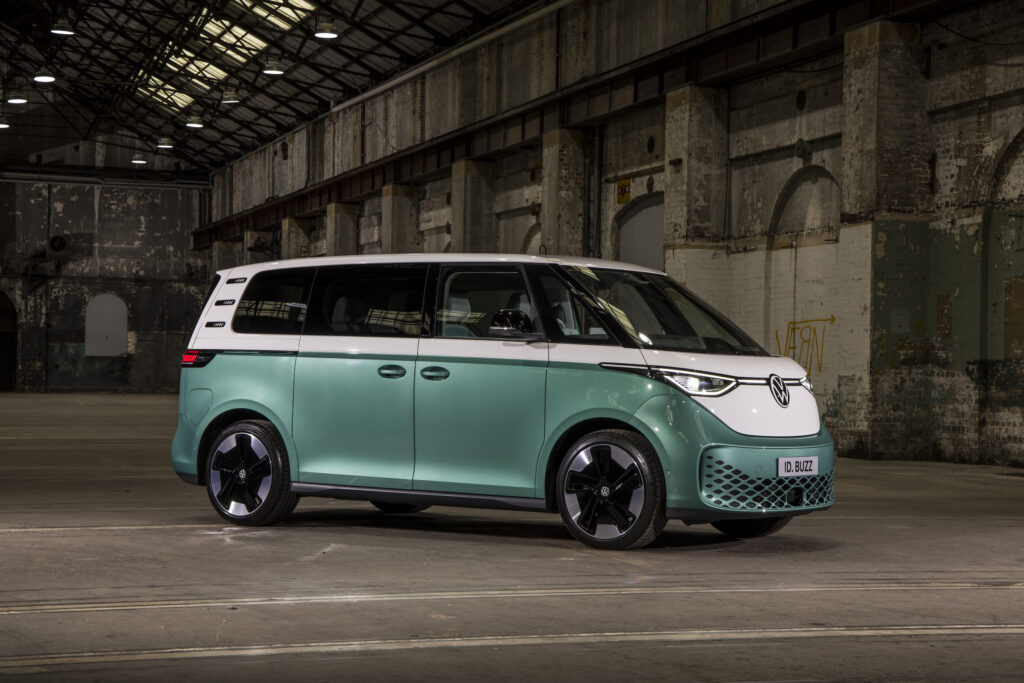
Reviving a classic is often a winner in the new car market. Pack it full of the latest tech and it’s all but guaranteed to be a winner. The Volkswagen ID.Buzz channels the love and flowerpower of the Kombi into a practical people mover that the brand reckons could tempt some families out of SUVs. Due late in the year, the big unknown so far is what it will cost. Expect it to be north of six figures.
Volvo EX30
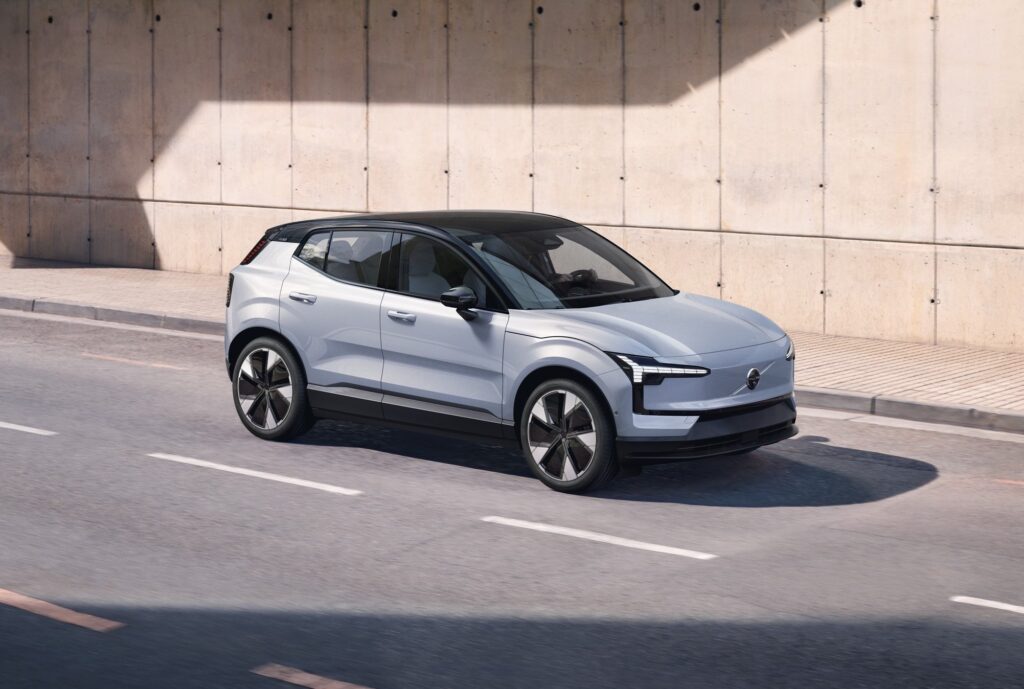
Originally due late in 2023, the EX30 has slipped into early 2024 but already has plenty interested in its arrival. Key to its appeal is bold and modern styling and a price tag that starts at $59,990 plus on-road costs. Unlike the C40 and XC40 Electric, the EX30 doesn’t borrow the bones of an ICE vehicle, instead utilising a dedicated EV architecture. The small SUV gets a mountain of tech – including NFC communication so a phone can act as a key – and a Harman Kardon soundbar audio system.
Volvo EX90
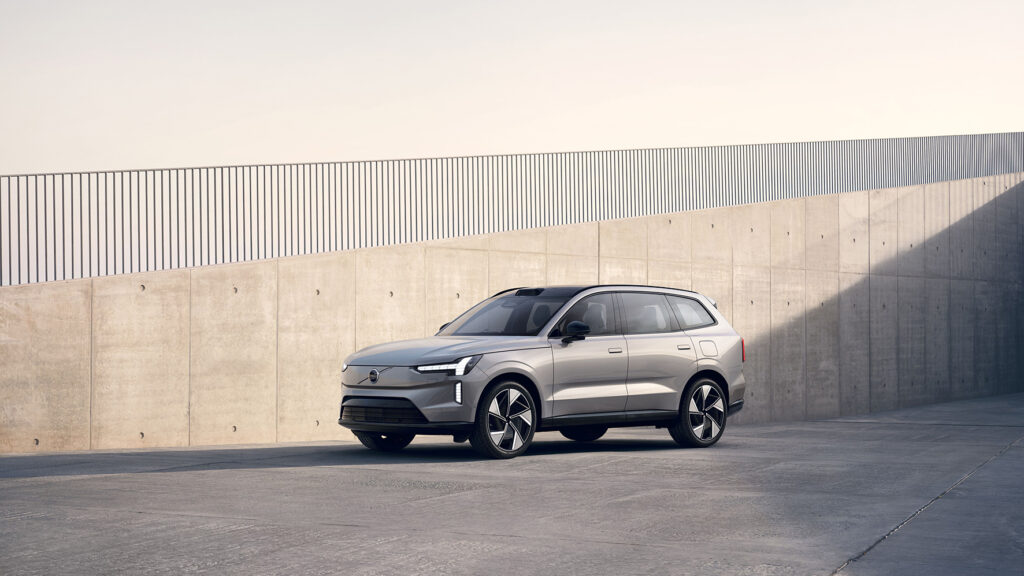
With plans to only be selling EVs in Australia by 2026 Volvo has to move quickly – and the EX90 is proof that’s happening. The all-electric replacement for the XC90 will have three rows of seats and a very Swedish minimalist interior that places the emphaisis on finishes and upmarket materials – as well as the 15-inch touchscreen arranged in a portrait configuration. An all-wheel drive model with 380kW and 910Nm promises about 600km of range and the car will also get the Android Automotive operating system that goes beyond infotainment to let Google control a whole lot more.

